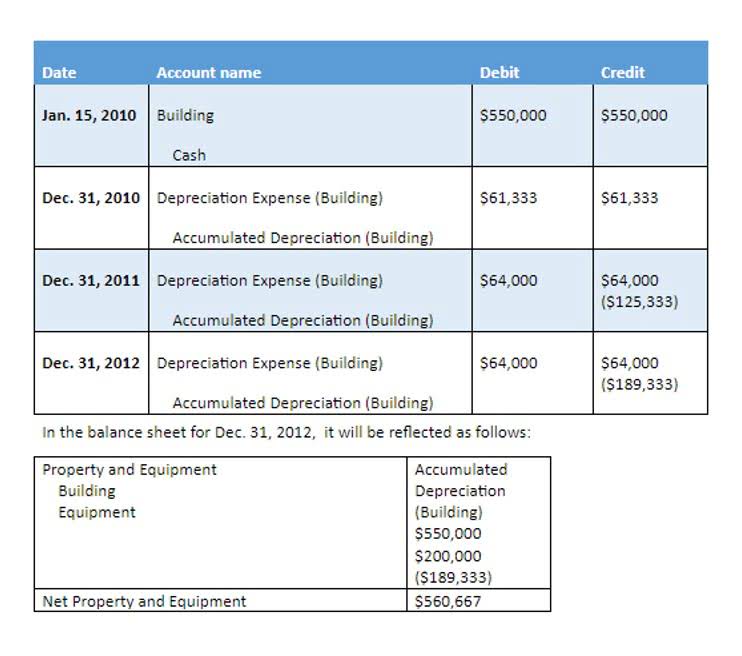Bookkeeping
Break-Even Analysis: Formula and Calculation

It ensures that accurate information is accessible at every touchpoint at every moment. BIM emerged as the cornerstone of the new construction industry, one that https://www.bookstime.com/ allows greater collaboration, much better visualization, and more efficiency than ever. Having a well-crafted BIM Execution Plan, or BEP, is somewhat crucial to successful adoption of BIM on any project.
- Andy Smith is a Certified Financial Planner (CFP®), licensed realtor and educator with over 35 years of diverse financial management experience.
- When the market price of an item and the initial cost are equal, the breakeven point (breakeven price) for a transaction or investment is reached.
- In effect, the insights derived from performing break-even analysis enables a company’s management team to set more concrete sales goals since a specific number to target was determined.
- This strategic approach not only secures financial stability but also supports dynamic business growth, ensuring that companies can adapt to changing market conditions and seize opportunities as they arise.
- Whether adjusting pricing strategies, optimizing cost structures, or exploring new markets, the insights gained from break-even calculations are indispensable for sustained business success.
Break-even point: definition and calculation
Although investors may not be interested in an individual company’s break-even analysis of production, they may use the calculation to determine at what price they will break even on a trade or investment. The calculation is useful when trading in or creating a strategy to buy options or a fixed-income security product. This $40 reflects the revenue collected to cover the remaining fixed costs, which are excluded when figuring the contribution margin. A BIM Execution Plan (BEP) is essentially a roadmap that details how Building Information Modeling (BIM) will be applied throughout a construction project. It lays out the objectives, the roles and responsibilities of everyone involved, and the processes that will guide the project from start to finish.
Final thoughts: Calculate profitability and assess risks
- 💡BONUS TIPThere’s quite a significant relation between the contribution margin and variable costs of your products.
- The break-even point (BEP) in economics, business—and specifically cost accounting—is the point at which total cost and total revenue are equal, i.e. “even”.
- The break-even analysis was developed by Karl Bücher and Johann Friedrich Schär.
- To get a clear picture, you can conduct a comprehensive break-even analysis, where you consider various scenarios, the fixed costs, variable costs and the impact of different selling prices.
- Calculating the contribution margin will allow you to translate this to units (unit sale price less variable costs).
Which level you use really depends on whether you just want to understand the profitability of a single product or your entire business. As we can see from the sensitivity table, the company operates at a loss until it begins to sell products in quantities in excess of 5k. For instance, if the company sells 5.5k products, its net profit is $5k. After entering the end result being solved for (i.e., the net profit of zero), the tool determines the value of the variable (i.e., the number of units that must be sold) that makes the equation true. Break-even points can be useful to all avenues of a business, as it allows employees to identify required outputs and work normal balance towards meeting these.

BIM Execution Plan (BXP) – What, Why, When and How

At this sales volume, the revenue ($8,350) exactly covers all fixed and variable costs, resulting in zero profit and zero loss. Now, as noted just above, to calculate the BEP in dollars, divide total fixed costs by the contribution margin ratio. To find the total units required to break even, divide the total fixed costs by the unit contribution margin. To get a clear picture, you can conduct a comprehensive break-even analysis, where you consider various scenarios, the fixed costs, variable costs and the impact of different selling prices. Conducting this analysis will help you find different ways to reach the profit zone with minimal risk. The formula for calculating the break-even point (BEP) involves taking the total fixed costs and dividing the amount by the contribution margin per unit.
Understanding business development: definition, roles and strategies
One standout innovation is Building Information Modeling (BIM), which has really transformed how projects are managed by bep definition boosting efficiency, collaboration, and transparency. At the heart of this process is the BIM Execution Plan (BEP), which serves as a roadmap for handling information throughout a project’s lifecycle. Plug in the values from steps 1 to 3 into the formula and calculate the break-even point in units. A BIM Execution Plan, commonly referred to as a BEP, is an extensive document summarizing strategies, processes, and workflows required to efficiently implement BIM. A guide for the project team to outline clearly defined objectives for the project, BIM objectives will be successfully achieved.

What Are Some Limitations of Break-Even Analysis?
In some cases, the project owner or client may help set high-level BIM goals. The BEP is developed early in the project and updated as needed throughout its lifecycle. As construction projects grow more complex, a well-thought-out BEP helps ensure accountability and keeps companies competitive. In today’s construction and architecture world, embracing technology is more important than ever.